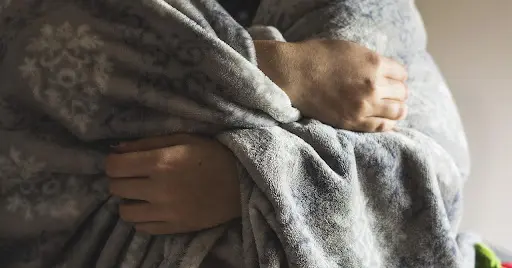Home Heating Maintenance


In our modern world, it’s easy to take the comforts of a cozy, well-heated home for granted. But it’s your heating systems—fireplaces, boilers, radiators, furnaces, and central heating—that keep your home warm during even the coldest winters.
Proper care and maintenance can extend the life of your heating equipment, saving you money and keeping your systems operating when you need them the most. Nobody wants to be in a situation where their heating fails during an unforgiving snowstorm, let alone other dangerous malfunctions like carbon monoxide leaks and chimney fires.
Let’s break down the different types of heating systems, as well as the maintenance it takes to keep them in top condition.
If maintained properly, fireplaces are a safe and dependable way to heat your home. But like any other part of your home, they can face wear and tear over the years.
Whether it’s done by a homeowner or heating maintenance professional, here’s what fireplace maintenance looks like, step by step.
As soon as the weather begins to cool in the fall, start by inspecting the firebox itself. Clean away any dirt, debris, and ash to keep the fireplace clean. Wipe down all surfaces, including the mantel and hearth.
Then, start looking for any signs of disrepair. Bricks may become loose or shift over time. Keep an eye out for cracks in the mortar—this may be a sign that you need more extensive repairs.
Next, check the fireplace damper, or the mechanism that controls airflow and smoke through the chimney. Clean the frame around the damper plate, as well as the damper plate itself. Look out for signs of corrosion or rust.
Then, you can move your way up into the flue for chimney maintenance. Inside the flue, look for signs of buildup. Creosote and soot are harmful byproducts of burning wood, leaving dark residue that can stick to the sides of your chimney.
If it’s allowed to build up over time, this residue can even block airflow through the chimney, pushing smoke back into the house. Negative pressure can also occur when there’s flue obstruction, which means air can be drawn back through the chimney into the firebox. With it, the air can pull deadly flue gasses like carbon monoxide into the home. What’s more, this residue can be flammable, making it one of the biggest causes of chimney fires.
Finally, inspect the top of the chimney. The chimney crown is the flat area just beneath the chimney cap. Look for cracks in the mortar or any signs of rust in the metal. The chimney cap features a screen on the side, which functions as a spark arrester. Check both the cap and screen for any signs of damage or wear.
Due to their older design, boilers and radiators may require even more care than the standard central heating system. To save your wallet and to avoid sparking an accidental fire, boiler and radiator maintenance isn’t something you should ignore.
While proper boiler maintenance will eventually rely on a professional inspection, there are still some steps you can take to ensure your boiler and radiator system are in working condition.
The first step is to “bleed” any air that gets into your radiator system. Over time, air can escape from the water and rise to the top of your system. First, turn off the system and allow the water to fully cool.
Then, find the valve near the top of your radiator and open it to release the pressure. You may need to use a special “bleed key” that comes with the house, but if you don’t have one, a flathead screwdriver will work.
Hold a bowl or another container underneath the opening as you turn the bleed key counterclockwise. When the air escapes, it will let out a hiss. As soon as water starts dripping into the bowl, simply close the valve again by turning the key clockwise.
Open the service panel to find the pressure gauge. The boiler should be at about 12 psi when the boiler is turned off and about 18 psi when the water is hot.
If the pressure is below 12 psi when cold, add additional water to the system by turning the water valve. If the pressure is above 18 psi when hot, you need to relieve some pressure by draining water until the gauge reaches the right setting.
A critical part of boiler maintenance is the combustion chamber, which uses fire to provide heat. Over time, grime can build up inside this chamber, causing damage and making the heating system less efficient. However, this task is better left to an HVAC specialist—gas and oil in the combustion chamber can make this job too dangerous for DIY work.
A forced-air heating system typically works with a furnace as the heating element, sending warm air through your ductwork to keep your home warm all winter. Whether it’s fueled by gas, oil, or electricity, regular maintenance is critical to keep it in top condition.
Bigger repairs are better left to the professionals, but here are a few preventative maintenance steps you can take for forced-air system maintenance:
Many homeowners make the mistake of putting off maintenance for their heating systems, thinking it’s not necessary until something breaks down.
But if you wait until the last minute, you might lose more than just your heating. From faulty connections to grime buildup, lack of proper maintenance could pose a huge risk to the safety of your home.
While homeowners can always do basic preventative maintenance from home, it takes a professional to identify serious issues and make the necessary repairs. When it’s time for an inspection or repair, don’t hesitate to reach out to an HVAC professional.

Coverage not available in CA, WA and HI